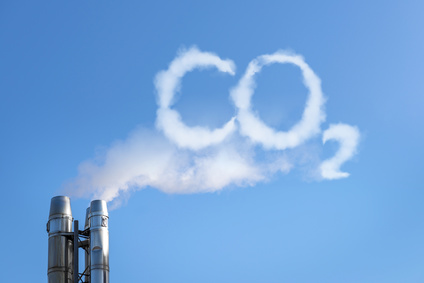MEPS survey: Green Steel adoption remains limited to selected sectors
by David Fleschen

Despite increasing regulatory and market pressure to reduce carbon emissions, European buyers have yet to make green steel a widespread procurement priority, according to the latest Green Steel Survey conducted by MEPS International.
The survey, which gathered input from industry professionals across the steel supply chain, indicates that while awareness of low-emission steel is growing, actual trading activity remains limited in scale and scope. Approximately 40% of respondents reported that they either currently trade in green steel or plan to do so within the next three to six months. However, adoption is largely confined to specific applications and remains constrained by market conditions and pricing concerns.
“There is currently little demand for green steel,” one respondent stated, attributing the limited interest to “difficult market conditions and high costs,” which have pushed sustainability goals lower on the priority list. Others echoed similar concerns, questioning whether previous enthusiasm had been driven more by “hype” than by long-term procurement strategies.
Sector-Specific Momentum
The MEPS survey reveals that current green steel demand is being driven primarily by the automotive and renewable energy sectors, where corporate sustainability commitments are beginning to influence sourcing decisions. In contrast, uptake in construction remains minimal.
“There’s very low green steel demand in construction,” a supplier noted. “Though demand in automotive is growing, customers are concerned that the green premium can’t be passed on in end-product prices.”
Pricing remains a major barrier to wider adoption. Among respondents currently selling green steel, 57% reported that prices are negotiated separately from standard steel, while 43% use a price-plus model. Regardless of the approach, cost sensitivity continues to influence purchasing decisions.
“Decisions are still price-based for spot business,” one respondent observed, while another added, “It is in doubt if end customers will pay more for a washing machine with green steel.”
Product and Market Segmentation
Flat steel products currently dominate green steel transactions. Hot rolled coil was cited by 71% of respondents as their primary green steel product, followed by hot dipped galvanised coil (50%) and hot rolled plate (43%). By contrast, long products—commonly used in construction—are lagging behind. Only 14% of respondents reported selling merchant bar, wire rod, or sections as green steel, with rebar cited by just 7%.
The survey also suggests that long products produced via electric arc furnace (EAF) technology, which already has a lower emissions profile, may not always be branded or marketed as green steel, further complicating market transparency.
Regulatory Clarity Needed
The lack of a unified definition for “green steel” remains a key concern. One respondent asked, “What is classed as ‘green steel?’” Others warned of “a lot of greenwashing,” with unclear labelling risking confusion and diminished buyer confidence.
In response to these concerns, the European Commission recently introduced its Clean Industrial Deal, which includes proposals for a new labelling system to quantify embedded emissions in domestically produced steel. Industry consultations are currently underway.
Looking ahead, regulatory frameworks such as the EU’s Emissions Trading Scheme (ETS) and the upcoming Carbon Border Adjustment Mechanism (CBAM) are expected to play a central role in shaping the future green steel market. Both policies are set to significantly impact the cost structures of steel production and imports from 2026 onwards, with free emissions allowances being phased out and carbon pricing applied to imported materials.
Transition on the Horizon
While short-term demand for green steel remains inconsistent, MEPS analysts suggest that long-term fundamentals point toward growth—driven by evolving policy, supply chain pressure, and corporate sustainability targets.
“Green steel is central to our sustainability strategy,” one respondent noted, “but we believe it could take another three years before there’s full market acceptance.”
Jon Carruthers-Green, steel market analyst at MEPS, summarized the outlook: “The industry recognises the urgent need for greener production methods, but uncertainty around cost, supply, and customer demand is still holding the sector back. It’s not a question of if the transition will happen, but how fast that transition is and who leads it.”
Source: MEPS, Photo: Fotolia

